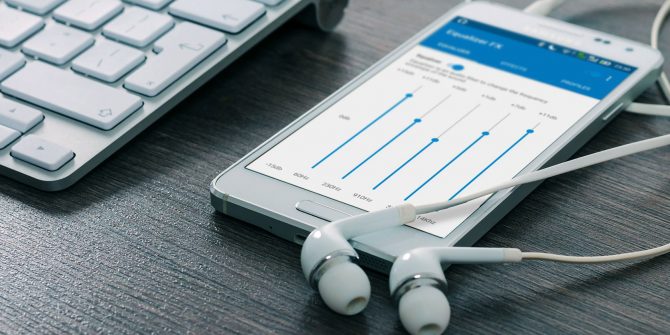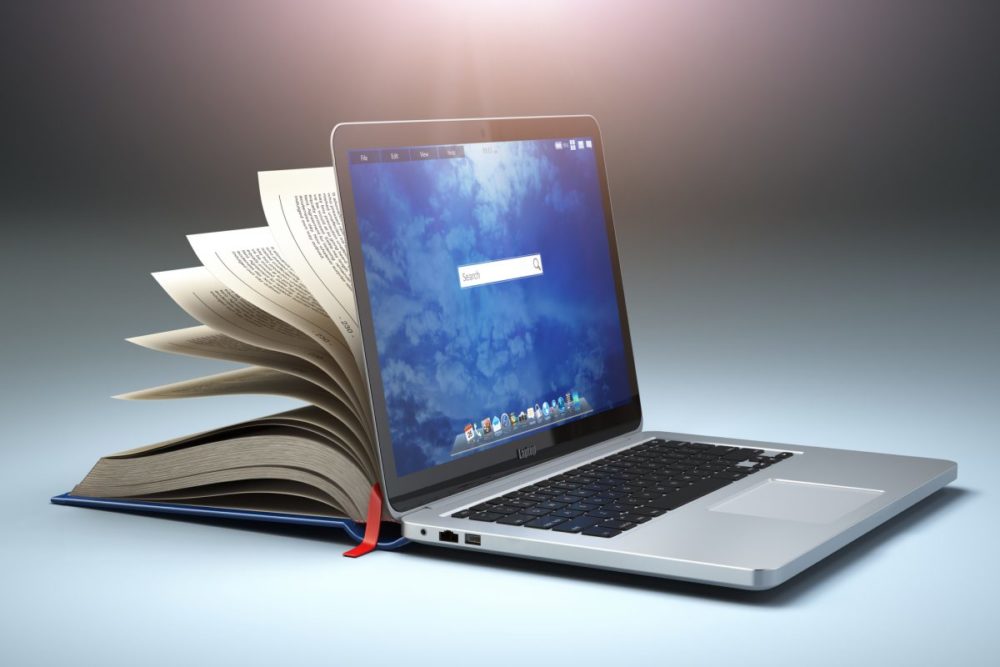Here are plenty of tips and tricks that every Android user need to know while buying an Android phone and after unboxing it. We all are very aware of the cut throat debates between Android and iPhone. The software provided by Google are pretty much more flexible and versatile as compared with Apple’s software. There are plenty of settings and tweak that not a lot of Android users are aware about.
So, we have collected some useful pro tips that you need to know.
A quick note before we begin: Android has a wide variety of makes, models, and versions, which makes it more difficult to find features that will be consistent across all devices. We only verified the following tips on stock Android 7.0 Nougat—they should also work on related systems, but some of the menus and procedures may vary slightly.
1. Bring back lost notifications:
I have lost missed my notifications so many times, and I am sure so have you. Accidentally swiped away one of the notifications that you wanted to read fully? Got a nagging sense that someone emailed you, but now you’re not sure? There are a lot of cases like such. So, we have a solution for you guys. You can read your missed notifications even though this s not very easy process but will you everything.
- Tap and hold on an empty part of the home screen, and a screen-adjusting mode will pop up.
- Choose Widgets and find the Settings shortcut.
- Drag this icon to an empty space on one of your home screens and drop it in place, and a list will automatically pop up.
- Choose Notification log from the list and tap the icon to open Android’s notification history.
2. Change volume settings independently:
Since all our phones runs on different audio sounds including ring tones, notifications, alarms, phone calls, and media. And there have been so many times where we have gone to the setting menu just to find out how to set which audio. The option provides you a simple way to separately classify between ringing audio, alarm and media sounds.
However, Android gives you a quick-and-easy shortcut. Tap the physical volume buttons on the side of your device to make whatever’s currently playing softer or louder (if no media is playing, this action will adjust your ringtone volume). When you do, a small box will pop up on the screen, showing which volume setting is changing and how. On the side of that box, you should see a small arrow. Tap it, and the box will expand to show multiple volume sliders at once. This can save you a trip to Settings.
3. Choose new default apps:
Android makes you choose you default apps, that’s what makes it more popular among user as compared to iPhone. A default app is the app that automatically opens when you try to do something. For example, if you have seen chrome as you default browser then every time you open a web browser, chrome will automatically open.
So, take the complete advantage of this tip as much as possible. And let me tell you how you can set your defaults.
- Go to settings, then to apps and then tap the cog icon in the upper right corner.
- Select any of categories on screen to see a list of installed apps that can take over default duties.
- For example, if you can set Truecaller as your default calling app rather than the phone’s in-built app.
4. Cast your Android screen :
You can broadcast your phone’s and tablet’s screen to a larger screen using a Chromecast. In addition to beaming video from all the usual movie and TV apps, this streaming device can mirror your phone. Take advantage of a mirroring shortcut in the Quick Settings pane, which you access by dragging down from the top of the screen with two fingers. You should find a Cast option in this menu. By this way, your device should display on big screen.
5. Make text and images more visible :
So, if you are struggling with the Font size of your apps, then there is good news for you. Your Android phone allows you to zoom in and zoom out text and objects. Note that, not all apps allow this feature to work but majority of them runs on this tip.
To change size settings, open the Android Settings app and go to the Display heading. From the Display menu, tap the Font size link to change the default font size in Android. Select the Display size link to make on-screen objects larger or smaller.










